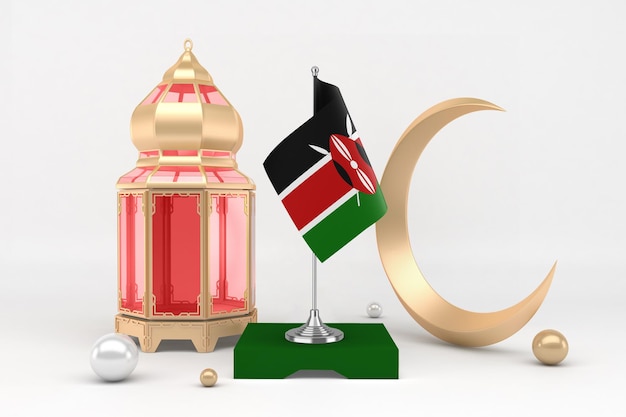
Iran is truly a gem in the Middle East and has been attracting more international tourists lately, thanks to its visa on arrival policy. If you’re looking for a unique travel destination that isn’t swamped with tourists like Egypt or Turkey, Iran is a fantastic choice. Despite what you might hear in the media, traveler reviews suggest it’s a safe country to explore.
Iran is a vast country, the largest in the Middle East and the 17th largest in the world. This sheer size means you’ll need to spend some time planning your itinerary. To help you out, here’s a list of some of the must-visit places in Iran.
Tehran, the capital, is often where tourists begin their journey. This city is a great starting point to immerse yourself in Iranian culture, learn about its history, and appreciate its traditional art and crafts. Tehran is one of the most progressive and modern parts of Iran. Many seasoned travelers recommend visiting local markets to get a real sense of a place. In Tehran, the Grand Bazaar is a must-see, with its maze-like alleys filled with shops and stalls selling everything from spices to the famous Persian carpets. The Museum of Contemporary Art is another highlight, showcasing a remarkable collection of modern Western art. For a dose of history and architecture, don’t miss the iconic Azadi Tower, part of the Azadi Cultural Complex, which also includes a museum.
Isfahan, located south of Tehran, is celebrated for its stunning Islamic architecture and grand mosques. One of the standout sites is the Fire Temple of Isfahan, a place of worship for Zoroastrians, one of the oldest religions in the world. This temple sits on a hill about 8 kilometers from the city center. Naqsh-e Jahan Square is another must-visit spot with its magnificent collection of Islamic buildings, including the Masjed-e Shah with its distinctive blue dome, the ornately decorated Ali Qapu Palace, and the elaborate Masjed-e Sheikh Lotfollah. Don’t miss the Masjed-e Jameh, one of Iran’s oldest and most beautiful mosques.
Yazd is a breathtaking desert city bordered by mountains and filled with historic charm. It’s like stepping into a fairytale with its relaxed vibe, ancient architecture, and Zoroastrian heritage. Yazd was once a key stop on the trade route from Asia to Europe and is now recognized as a UNESCO World Heritage site. The old city is a labyrinth of narrow streets lined with yellow sandstone houses and traditional workshops. One of the city’s most intriguing attractions is the Zoroastrian Towers of Silence, ancient sky burial sites where bodies were left for birds to consume, in keeping with the Zoroastrian belief in the sacredness of the earth. Although no longer in use, these towers offer a fascinating glimpse into ancient customs. Yazd also serves as the gateway to the Bafgh desert.
Shiraz is another beautiful city known for its cultural significance. It’s often referred to as the city of poets, gardens, and nightingales. The great Persian poet Hafez Shirazi was born here, and his tomb, along with the tomb of another renowned poet, Sa’adi, attracts visitors from all over Iran. For a taste of traditional Persian landscaping, the Eram Garden is a top spot, though other historic gardens like Afif Abad Garden and Delgosha Garden are also worth a visit.
Tabriz is one of Iran’s historical capitals and now one of its largest cities. The Tabriz Market, a former major hub on the Silk Road, is famous for its carpets, jewelry, and spices. The Blue Mosque, with its original turquoise mosaics, and the remnants of the Arg of Tabriz, a large fortification, are key historical landmarks. Don’t miss Kandovan, a unique cave village south of the city.
Persepolis, the ceremonial capital of the Achaemenid Empire built by kings Darius and Xerxes, is now a UNESCO World Heritage site. The ruins, dating back to 515 BCE, offer a glimpse into the grandeur of an ancient civilization. Though only a fraction of its former glory remains, Persepolis is still an awe-inspiring sight.